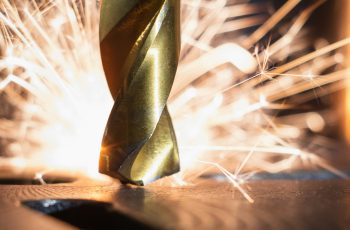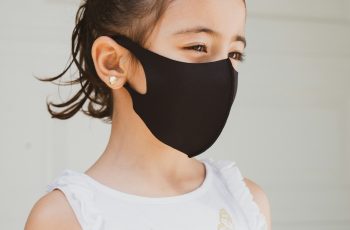Ad Blocker Detected
Our website is made possible by displaying online advertisements to our visitors. Please consider supporting us by disabling your ad blocker.
Pressure cookers have become increasingly popular in kitchens around the world, promising faster cooking times and delicious meals with ease. However, there is a lingering question on many people’s minds – are pressure cookers safe to use? With their sealed lids and high-pressure environment, it’s understandable why some may have concerns. In this article, we will explore the safety of pressure cookers and provide you with the information you need to confidently use this kitchen tool. So, let’s dive in and discover the truth behind pressure cooker safety.
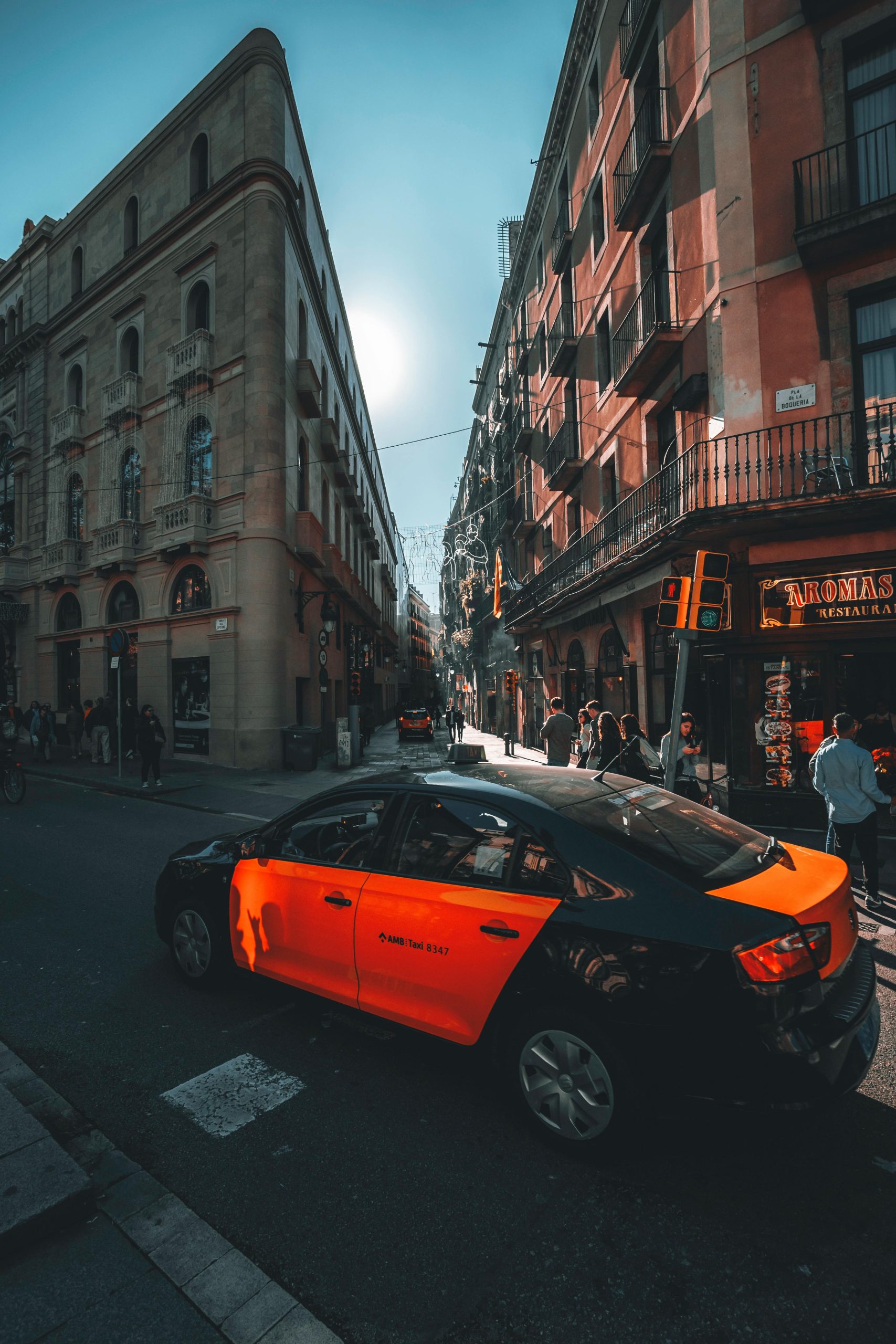
What is a Pressure Cooker?
Explanation of pressure cookers
A pressure cooker is a kitchen appliance that is designed to cook food quickly and efficiently by using high-pressure steam. It consists of a sealed pot with a locking lid, which helps to create airtight conditions necessary for achieving high pressure and temperature. The steam generated within the cooker increases the boiling point of water, thus cooking food faster than traditional cooking methods. Pressure cookers are known for their ability to tenderize tough cuts of meat, cook grains perfectly, and reduce cooking times significantly.
The Benefits of Using a Pressure Cooker
Saves time and energy
One of the most significant advantages of using a pressure cooker is that it saves both time and energy. With its ability to cook food up to 70% faster than traditional methods, pressure cookers can significantly reduce the time spent preparing meals. This is particularly beneficial for busy individuals or families who may not have the luxury of spending hours in the kitchen. Additionally, pressure cookers are incredibly energy-efficient, as they require less electricity or gas to cook food in a shorter amount of time.
Preserves nutrients and flavors in food
Another notable benefit of pressure cooking is that it helps to preserve the nutrients and flavors in the food. The high-pressure steam helps to lock in vitamins and minerals that might otherwise be lost through traditional cooking methods such as boiling or frying. Furthermore, the sealed environment of the pressure cooker keeps the flavors and aromas from escaping, resulting in more flavorful meals that require fewer seasonings.
Versatile cooking options
Pressure cookers offer a wide range of cooking options, making them a versatile addition to any kitchen. From soups and stews to rice and pasta dishes, pressure cookers can handle almost any recipe. They can even be used for canning, allowing you to preserve fruits, vegetables, and jams. The ability to cook a variety of foods in one pot not only saves time and energy but also reduces the number of dishes to wash after cooking.
Understanding the Safety Features
Pressure release valve
One of the essential safety features of a pressure cooker is the pressure release valve. This valve is designed to regulate and release excess pressure during the cooking process, preventing the pot from reaching dangerous levels. The valve can be manually operated or automatic, depending on the model of the pressure cooker. Proper understanding and operation of the pressure release valve are crucial to ensure safe cooking.
Locking mechanisms
To maintain the high-pressure environment necessary for pressure cooking, pressure cookers are equipped with locking mechanisms. These mechanisms ensure that the lid remains tightly secured during the cooking process, preventing steam from escaping. Some models may have multiple locking points or audible signals to indicate when the cooker is properly sealed. It is important to ensure that the locking mechanisms are engaged correctly to prevent accidents and ensure safe cooking.
Pressure indicators
Pressure cookers are equipped with pressure indicators to monitor the internal pressure inside the pot. These indicators can be in the form of simple pressure gauges or more advanced digital displays. They help the user to know when the desired pressure has been reached and provide a visual indication of when it is safe to release the pressure. Proper use of the pressure indicators is essential to prevent overpressure and possible accidents.
Potential Risks and Precautions
Risk of burns or scalds
While pressure cookers are generally safe to use, there are potential risks associated with their operation. The high temperature and pressure inside the pot can lead to burns or scalds if not handled properly. It is crucial to use oven mitts or heat-resistant gloves when handling the hot pot or releasing the steam. Additionally, it is important to keep children and pets away from the pressure cooker during operation to prevent accidental injuries.
Overpressure and explosions
If a pressure cooker is not used correctly or if the safety features fail, there is a risk of overpressure or even explosions. Overfilling the pot, using inappropriate cooking techniques, or neglecting regular maintenance can increase the likelihood of accidents occurring. It is important to follow the manufacturer’s instructions carefully and ensure that the pressure cooker is in good working condition before each use. By taking proper precautions, the risk of overpressure and explosions can be significantly minimized.
Careful handling of hot steam
When releasing the pressure from a pressure cooker, it is important to exercise caution to avoid injuries. The hot steam released can cause burns if it comes into contact with the skin. Always direct the steam away from your face, hands, and body to prevent accidental burns. Additionally, allow the pressure cooker to cool down for a few minutes before attempting to open the lid to avoid sudden release of steam and potential injuries.
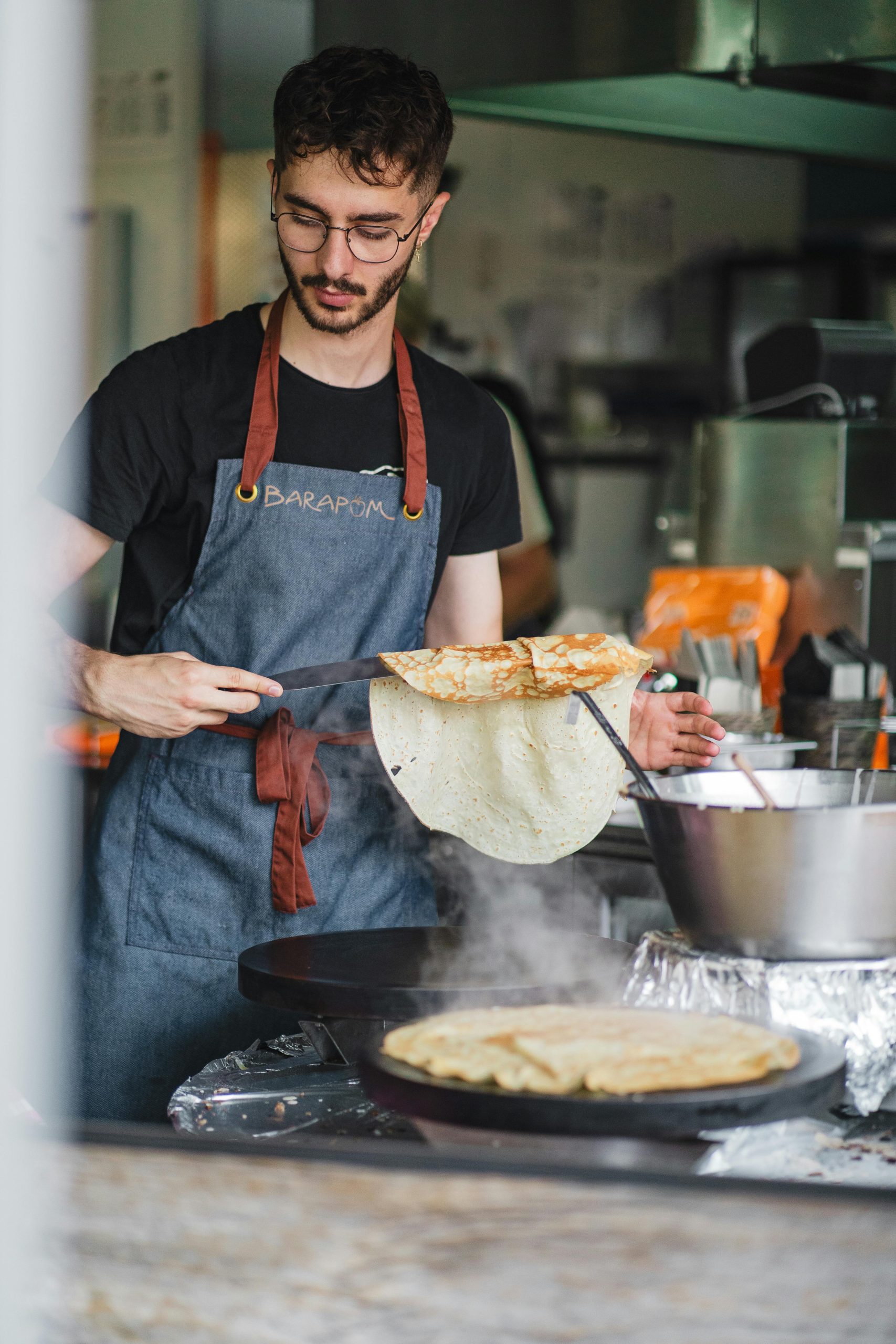
Proper Maintenance and Cleaning
Regular inspection and maintenance
To ensure the safe operation of a pressure cooker, regular inspection and maintenance are necessary. Before each use, check the pressure release valve, locking mechanisms, and pressure indicators to ensure they are in proper working condition. If any parts are damaged or worn out, they should be replaced before using the cooker again. Additionally, it is important to follow the manufacturer’s guidelines for routine maintenance, such as lubricating the sealing ring and cleaning the vent pipe.
Cleaning and removing residue buildup
Cleaning the pressure cooker after each use is essential for maintaining its longevity and safety. The cooker should be washed with warm, soapy water, paying close attention to the sealing ring and valve areas. Any residue or food particles should be removed to prevent clogging and allow for proper sealing and operation. It is important to note that the sealing ring may absorb odors, so it should be replaced periodically to avoid transferring unwanted flavors to your food.
Choosing a Reliable Pressure Cooker
Research reputable brands
When selecting a pressure cooker, it is important to research and choose reputable brands known for their quality and safety standards. Look for manufacturers with a good track record and positive customer reviews. Reputable brands are more likely to prioritize safety features and produce pressure cookers that adhere to strict quality control standards.
Consider safety certifications
Another factor to consider when choosing a pressure cooker is the presence of safety certifications. Look for cookers that have been tested and certified by independent organizations such as the Underwriters Laboratories (UL) or the Consumer Product Safety Commission (CPSC). These certifications ensure that the pressure cooker has undergone rigorous testing and meets specific safety requirements.
Read user reviews
Reading user reviews can provide insight into the experiences of other consumers with a particular pressure cooker model. Pay attention to reviews that mention safety concerns or issues, as these could indicate potential problems with the product. However, keep in mind that personal experiences may vary, so it is important to consider multiple reviews and make an informed decision based on your specific needs and requirements.
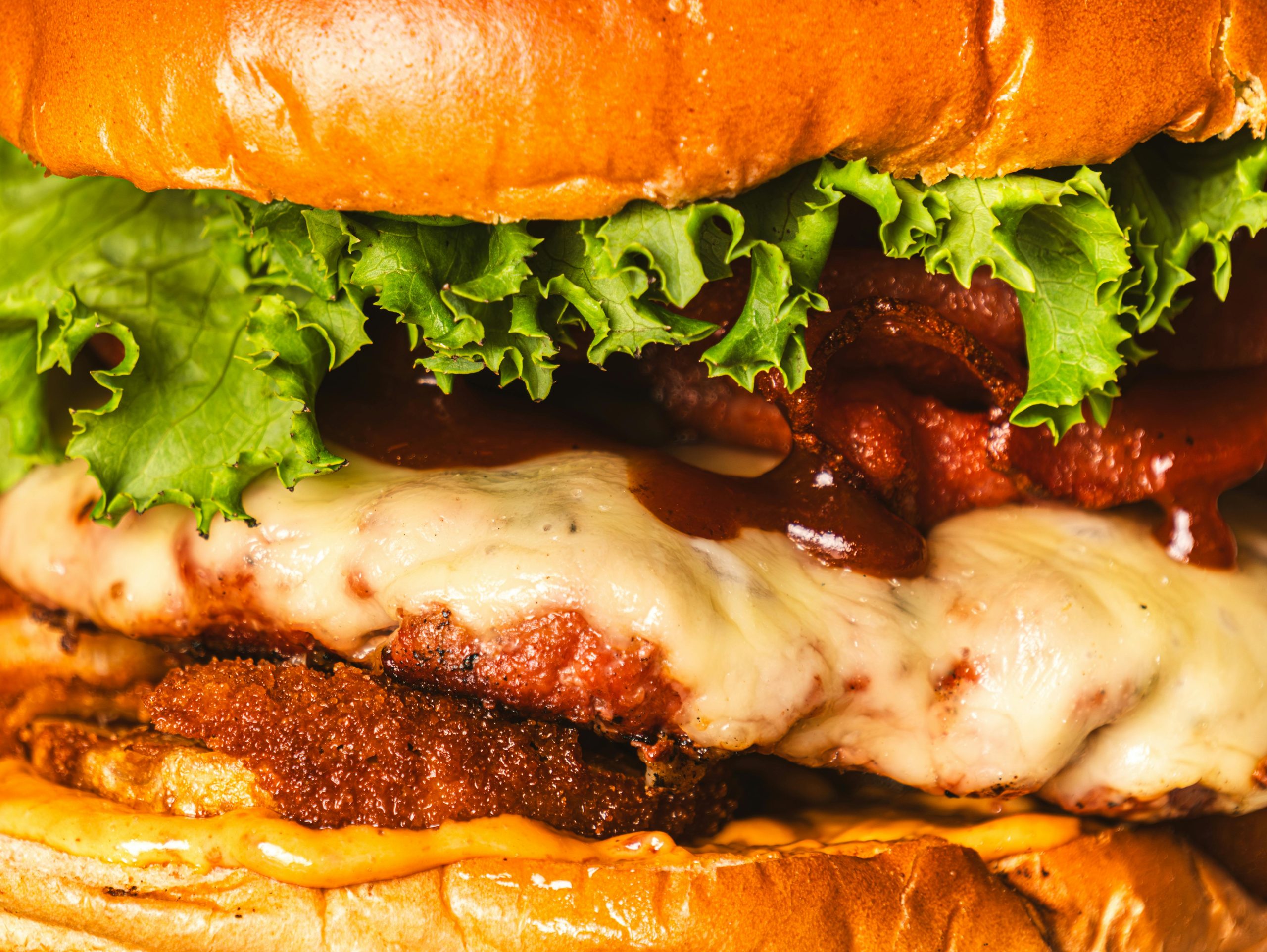
Following Manufacturer’s Instructions
Read the user manual
Before using a pressure cooker, it is essential to read and understand the user manual provided by the manufacturer. The manual contains important safety information, recommended operating procedures, and maintenance instructions specific to the pressure cooker model. Familiarize yourself with the various parts, safety features, and cooking guidelines outlined in the manual to ensure safe and efficient use of the appliance.
Understand recommended cooking times and pressure levels
Different recipes require varying cooking times and pressure levels in a pressure cooker. It is important to understand and follow the recommended cooking times and pressure levels specified in the user manual or recipe instructions. This will help ensure that the food is cooked thoroughly and safely, without the risk of undercooking or overcooking. Adjusting the cooking time or pressure without proper knowledge can compromise the safety and quality of the food.
Follow proper sealing and release procedures
Proper sealing and release procedures are crucial for the safe operation of a pressure cooker. Before starting the cooking process, ensure that the pot is properly sealed with the lid securely locked. Follow the manufacturer’s instructions for sealing, as improper sealing can result in accidents or food not being cooked properly. When the cooking is complete, follow the recommended release procedures, whether it is the natural release method or the quick release method. Improper release of pressure can be dangerous and cause burns or steam-related injuries.
Safe Cooking Practices
Do not overfill the cooker
Overfilling the pressure cooker can lead to potential safety hazards. It is important to follow the maximum fill line specified by the manufacturer and avoid filling the pot beyond this limit. Overfilling can result in excessive pressure buildup and may cause the hot contents to overflow or clog the valve, leading to accidents. Be mindful of the recommended capacity and adjust the quantities accordingly to ensure safe cooking.
Avoid filling with high-fat or frothy ingredients
Certain ingredients, such as oils or fats, can generate excessive foam or froth during the cooking process. This froth can clog the pressure release valve and obstruct the proper functioning of the cooker. To avoid unwanted pressure build-up and potential accidents, it is recommended to limit the use of high-fat ingredients or use them in moderation. If using ingredients prone to frothing, leave enough headspace in the cooker to accommodate the expansion of the food.
Use caution when cooking certain foods
Some foods, such as beans, rice, or pasta, tend to expand significantly during the cooking process and can cause the pressure cooker to become overfilled. It is essential to follow specific guidelines outlined in the user manual for such foods and adjust the cooking time and liquid requirements accordingly. Additionally, be cautious when adding seasonings or ingredients that may contribute to the release of gases or foam, as this can affect the safe operation of the pressure cooker.
Monitoring the Pressure Cooker
Stay in the kitchen while cooking
It is important to stay in the kitchen and keep an eye on the pressure cooker during the cooking process. While pressure cookers are designed to be safe, unforeseen circumstances can arise, and it is important to be present to address any issues promptly. By remaining in the kitchen, you can closely monitor the pressure levels, check for signs of wear or damage, and respond to any unexpected situations that may arise.
Monitor pressure levels
As mentioned earlier, pressure indicators are an important safety feature in pressure cookers. It is essential to monitor the pressure levels while cooking to ensure that they remain within the recommended range. If the pressure exceeds the safe limits, it is important to take immediate action, such as adjusting the heat or releasing some pressure, to prevent accidents or damage to the cooker. Regular monitoring of pressure levels ensures the safe and efficient operation of the pressure cooker.
Regularly check for signs of wear and tear
Pressure cookers, like any other appliance, can experience wear and tear over time. Regularly check the cooker for signs of damage or deterioration, such as rusted parts, loose fittings, or worn-out seals. These issues can compromise the safety and efficiency of the cooker and should be addressed promptly. By proactively identifying and addressing any signs of wear and tear, you can ensure the longevity and safe operation of your pressure cooker.
Final Thoughts
Pressure cookers can be safe if used properly
When used properly and following all safety guidelines, pressure cookers can be a safe and efficient way to cook delicious meals in a fraction of the time. Understanding the various safety features, proper handling, and maintenance are key to ensuring a safe cooking experience with a pressure cooker.
Follow safety guidelines and instructions
To ensure the safe operation of a pressure cooker, it is crucial to follow the safety guidelines provided by the manufacturer. These guidelines include instructions on proper sealing, release procedures, recommended cooking times, and maintenance. By adhering to these safety guidelines, you can minimize the risks associated with pressure cooking and enjoy the benefits of this time-saving appliance.
Enjoy the benefits of efficient cooking
Using a pressure cooker can transform the way you cook, saving you time, energy, and preserving the nutrients and flavors in your food. By understanding the safety features, practicing proper maintenance and cleaning, and following the manufacturer’s instructions, you can confidently and safely enjoy the benefits of efficient pressure cooking. So go ahead, explore new recipes, and delight in the convenience and flavor that a pressure cooker brings to your kitchen.
